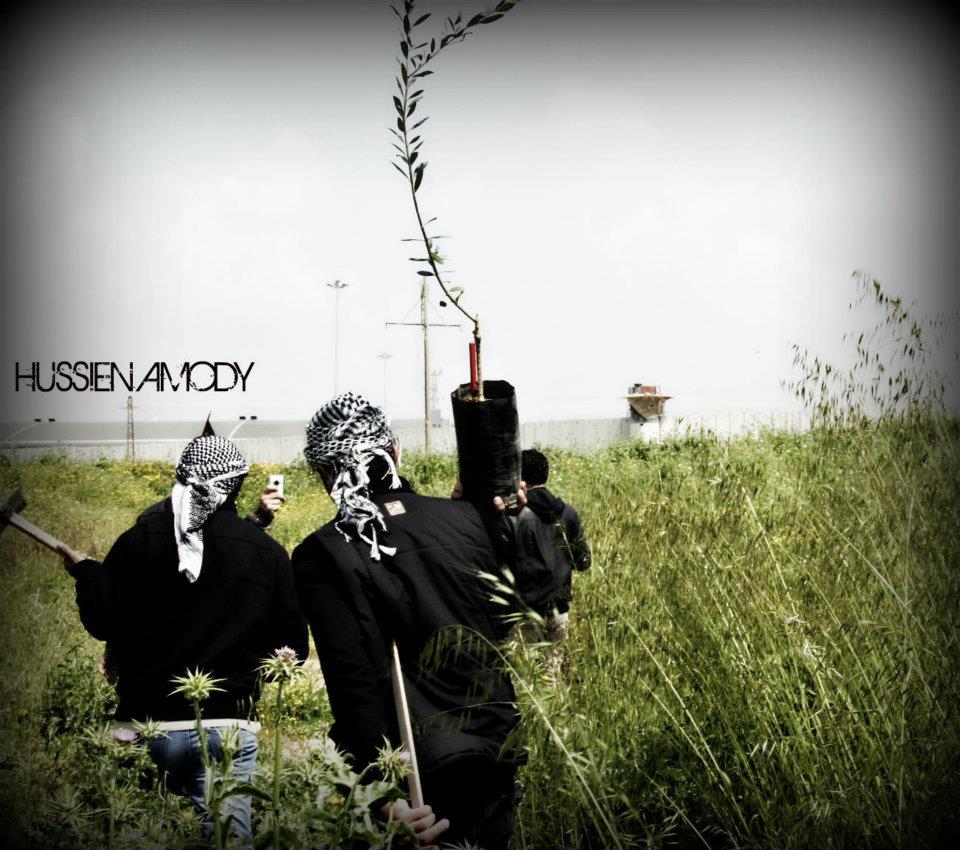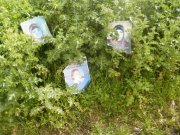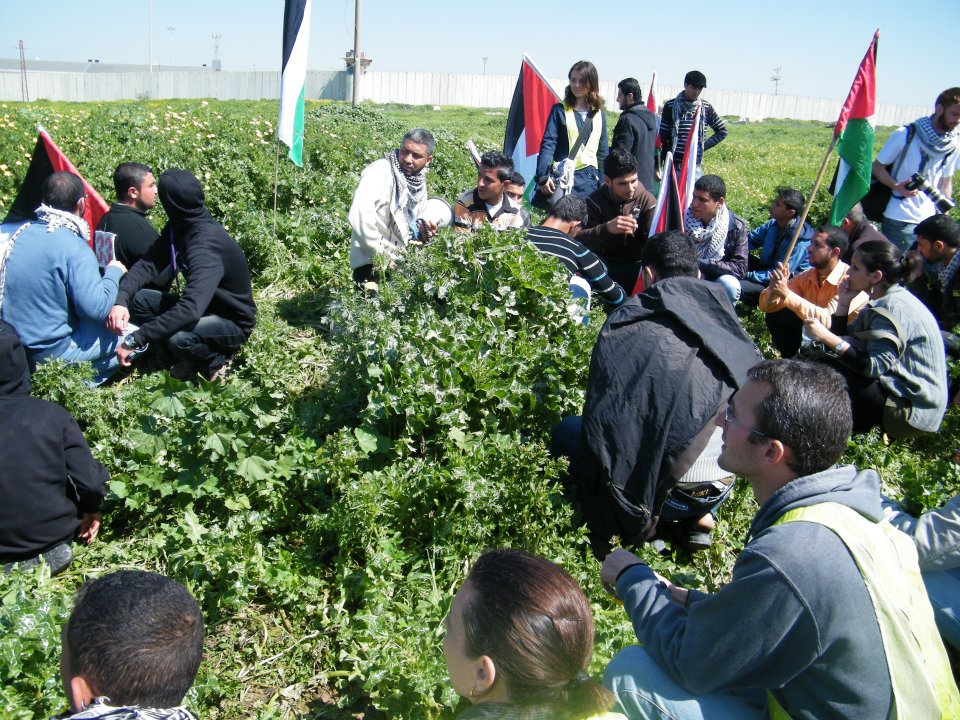Tag: Buffer Zone
-
Land Day: From Gaza to Sakhnin we are all united with Bil’in
by Nathan Stuckey 27 March 2012 | International Solidarity Movement, Gaza Thirty six years ago on March 30th 1976 demonstrations against the confiscation of Palestinian land by the Israeli government spread throughout Palestine. Six Palestinians were killed, over a hundred wounded, and hundreds more arrested. Land day was one of the first large mobilizations of…
-
Rachel Corrie & Hana Shalabi: Flowers among thistles of Israeli occupation
by Nathan Stuckey 21 March 2012 | International Solidarity Movement, Gaza Rachel Corrie was murdered nine years ago by an Israeli bulldozer. Hana Shalabi has spent the last 34 days on hunger strike an Israeli prison, yet she is accused of no crime. This was not the first time Hana has been held in Israeli…
-
The seen and unseen in the No Go Zone
by Nathan Stuckey 7 March 2012 | International Solidarity Movement, Gaza Today, like ever Tuesday, we marched into the no go zone north of Beit Hanoun. We gathered by the half destroyed Beit Hanoun Agricultural College and marched north, towards Jerusalem. A Jerusalem that few of the protesters have ever seen, they have never been…



